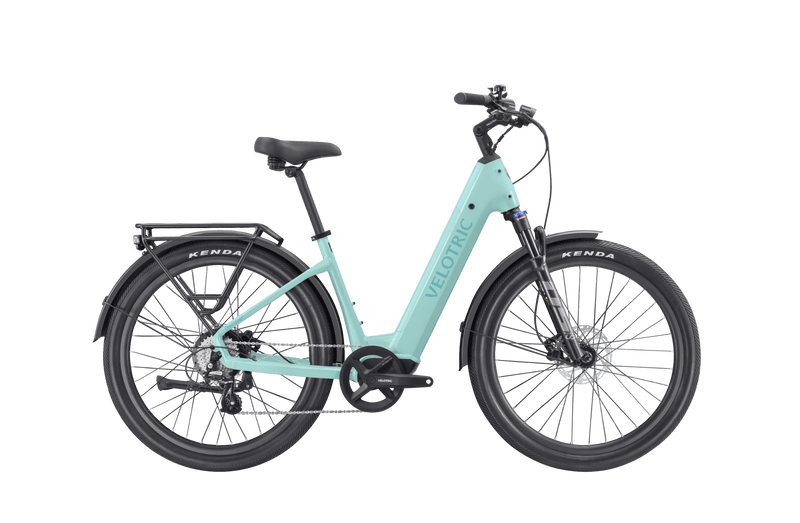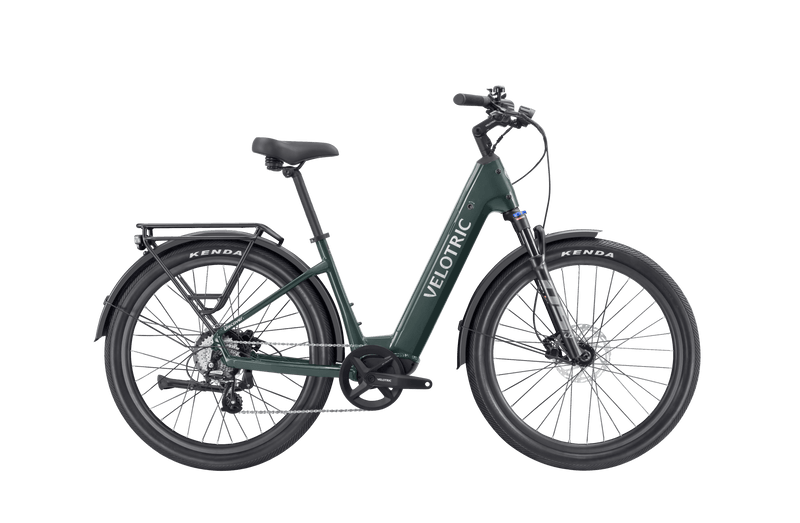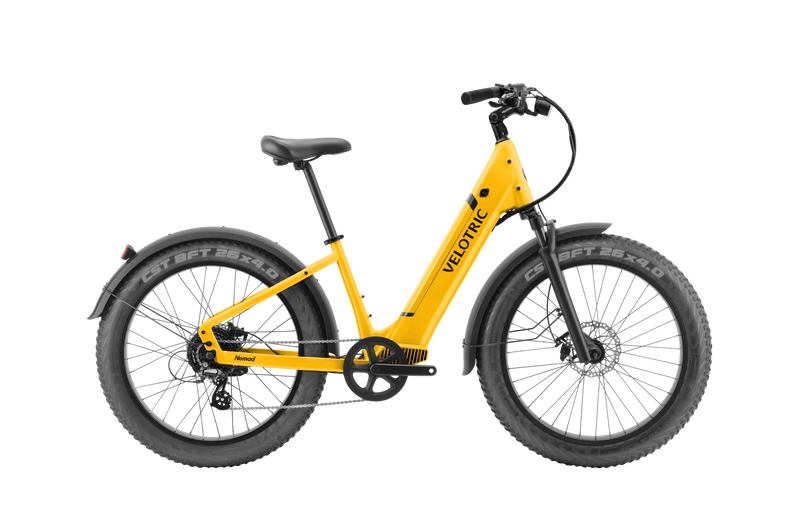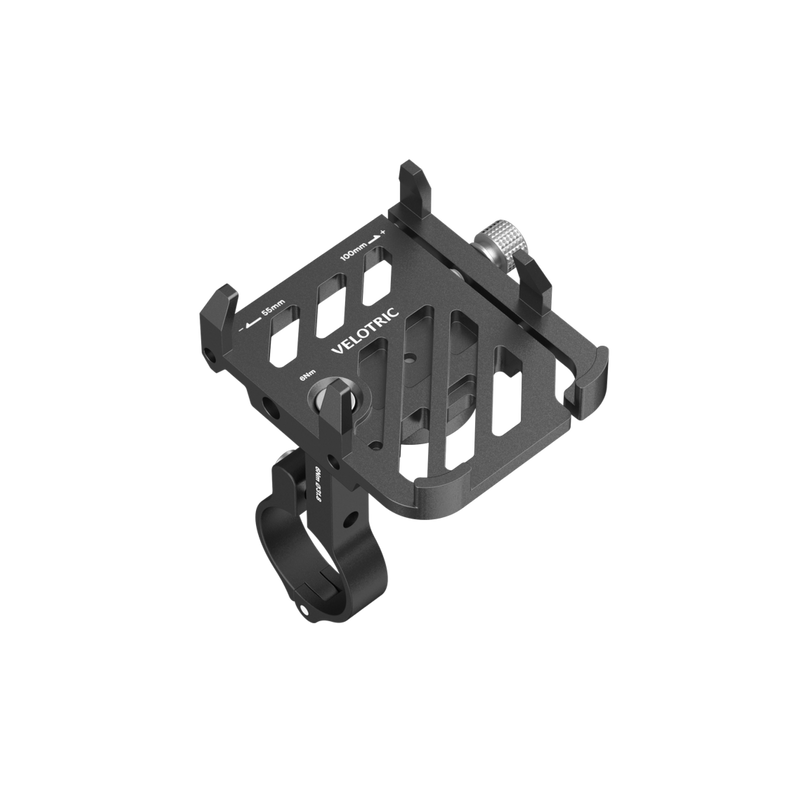E-bikes are a popular alternative to traditional bikes. Many commuters, mountain bike enthusiasts, and road cyclists prefer riding e-bikes because they’re easier on joints while still being a great source of exercise. They’re durable enough to handle tough rides on mountain trails and comfortable enough to take out for a leisurely weekend ride.
However, as with any other form of transportation, mechanical issues can arise that need fixing before getting your e-bike back on the road. Many cyclists pack a bike repair toolkit to keep with them while they ride.
An e-bike toolkit can be a lifesaver if you’re away from home and must quickly make a repair to your bike. In this article, learn about some of the most critical e-bike tools to keep in your garage or bring when you ride.
Electric bike tools to bring on the road
It’s wise to bring a few tools with you on each ride, especially if you’re traveling a long distance or planning to ride for an extended period. These tools are small, lightweight, and easy to fit inside a small or medium-sized backpack (or in a pouch attached to your bike frame or handlebars).
You may not be able to fix all issues on the road, but with the right, high-quality tools, you’ll be better prepared to get your e-bike back in working order, so you can return home and fully resolve each issue.
As you get your supplies together for your next ride, don’t forget to include the following items:
- Puncture repair kit. Flat tires are a regular occurrence for cyclists, and no one wants to push their bike back home. Carry a tube repair kit that you can use to patch up holes in your tires.
- Multitool. An e-bike multitool should include screwdrivers, Allen wrenches, and other materials you’ll use if needed. Make sure to find a tool that includes a multiwrench since you likely can’t remove your tire without one.
- Pump. Some e-bike riders use CO2 canisters to add air to their tires. However, you’re out of luck when your canisters are empty if you don’t have a pump. Check the valves before your ride to make sure your pump properly fits your tires and that each tire has the proper PSI ( you’ll likely find the ideal amount printed somewhere on the tire).
- Headlamp. If you’re out riding early in the morning or late in the evening, you may have trouble stopping to resolve issues if you can’t see your bike. Bring a headlamp to help in these situations. It can also increase your visibility as you pass others, so it’s a good best practice for safety.
- Extra inner tube. A tire patch kit allows you to fix small holes, but some fat tires need more than quick patching. Many cyclists carry a spare tube if an existing tube can’t be patched or repaired.
- Portable battery charger. The best e-bikes (such as the Velotric Discover 1) can travel up to 65 miles on a single charge. If you want to travel farther, consider having a portable charger in case your bike’s battery or e-bike conversion kit runs out of juice.
- Rain poncho. Don’t get caught in the rain without a lightweight poncho or garbage bag that can keep you dry until you return home.
- Duct tape. You never know when a small amount of duct tape can help until you can fully resolve an unexpected issue while out.
E-bike tools to have ready in your garage
Some tools aren’t necessary on the road (or are too large to travel with) but are still helpful to keep in your garage. Here are some basic tools to include:
- Floor pump. Floor pumps can air up tires more quickly (and easily) than hand pumps. You can’t bring them on your ride, but they’re great for airing up tires before you leave home.
- E-bike stand. Use an electric bicycle stand to raise your bike a few inches off the ground. This can decrease the time it takes to complete DIY repairs and bike maintenance.
- Pedal wrenches. Some people use adjustable wrenches, but they’re more difficult than pedal wrenches when working on bikes.
- Spoke wrench. Spoke wrenches help you tighten wheel spokes as they become loose. You can customize them to fit spokes of various sizes, so you won’t need to purchase multiple tools.
- Cable cutters. You may have to trim cables while working on your bike’s wiring. Cable cutters simplify this task.
- Master link tool. Master link bicycle tools are helpful if you need to break your chain to remove it from your bike. Once it’s time to replace the chain, the master link tool is also useful for putting it back together.
A basic socket set can make removing nuts and bolts easier for more extensive repairs. A full set of hex keys or Allen wrenches is also a good idea. Some multitools have Allen wrenches attached, but individual wrenches are sometimes easier to use.
Tools needed for common electric bike issues
It’s frustrating to encounter e-bike issues while you’re on the road, but many common problems are easy to resolve if you have the right tools. In the sections below, learn more about what tools you’ll need to resolve some common e-bike issues.
Tools needed to repair a flat e-bike tire
To replace a flat e-bike tire, you’ll need a tire lever to remove the tire from the wheel rim.
Once the tire is off, a patch kit can help you repair small holes using glue, patches, and a small amount of sandpaper. If the hole is too large to patch, you’ll need to replace the entire inner tube, so keeping an extra tube or two with you on your rides is helpful.
Once you have the new tire on, don’t forget to use your portable or floor pump to fill the new tire with air.
Tools needed to repair a broken e-bike chain
Over time, your e-bike chain may break or come out of alignment. When this happens, you’ll need wrenches and pliers to adjust and reposition each piece.
You may also use a lubricant to clean the chain and ensure it runs smoothly in the future. Purchasing specialized chain tools and pliers is also an option.
Tools needed to repair loose e-bike brakes
If the tension on your e-bike brakes becomes loose, you’ll need common tools like screwdrivers and pliers to resolve the issue. You may also need cable cutters to cut cables to the correct length.
Consider replacing your brake pads entirely if you notice they’re especially worn or damaged. Most cyclists can ride around 6,000 miles before replacing their existing brake pads.
Tools needed to repair e-bike wiring issues
You’ll want electrical tape, wire cutters, and zip ties to solve the most common wiring issues. It’s also wise to purchase a multimeter to test battery voltage and wire continuity.
You may also keep a wire stripper around to remove insulation from wires to connect them quickly.
Experience the reliability of Velotric e-bikes
Now that you know what tools to fix the most common e-bike issues, you can get back on the road quickly. Of course, it’s always easier if you don’t have to stop and solve mechanical or technical problems.
Velotric e-bikes are made for increased durability and reliability so that you can spend more time cycling and less time tightening brakes or fixing faulty wiring. We also carry all the bike accessories you’ll need for your next e-bike ride.
The Discover 1 travels up to 65 miles on a single charge. Its 500/900W rated/peak motor boasts superior energy efficiency, and its sleek design pairs perfectly with the five-level pedal assist.
The Nomad 1’s fat wheels and thick frame are built to conquer the harshest conditions. This powerful bike runs on a 750/1,200W motor and holds enough juice to travel 55 miles between charges (slightly lower due to the larger nature of the bike).
Both models include Shimano shifters and derailleurs, hydraulic disc brakes, and you can choose between high-step or step-through frames with either option. Consider these high-quality e-bikes as you shop.


















































